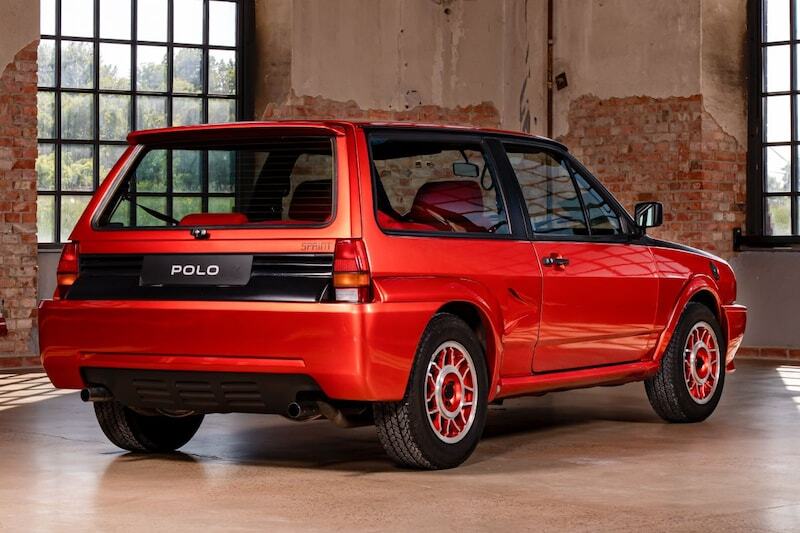
The Volkswagen Polo G40 is known to us all as a fun hot hatch from the 80s. But did you know that the G-Lader was also applied to a tiny, super-economical diesel engine? The öko-Polo is one of the five strange Polos that we’re showing you, in honor of its fiftieth birthday.
In 1975, Volkswagen regained its momentum after some difficult years. The Golf, introduced the year before, is successful. It’s time for a small Volkswagen: the Polo, developed together with Audi, which releases it as the 50. You blink and half a century has passed, with the counter at over 20 million Polos.
The Volkswagen Polo became one of those cars that you encounter on every street. And we all know someone who has or has had a Polo. In half a century, there have been countless variants, from hatchback to station wagon, from sedan to coupé. But behind the scenes at Volkswagen, there was also a lot of tinkering and experimenting with Polos. Much disappeared into the archive or onto the scrap heap, or only appeared in a different version much later. At a Polo birthday party in Germany, we were recently able to literally walk through history. We don’t want to withhold these five gems from you.
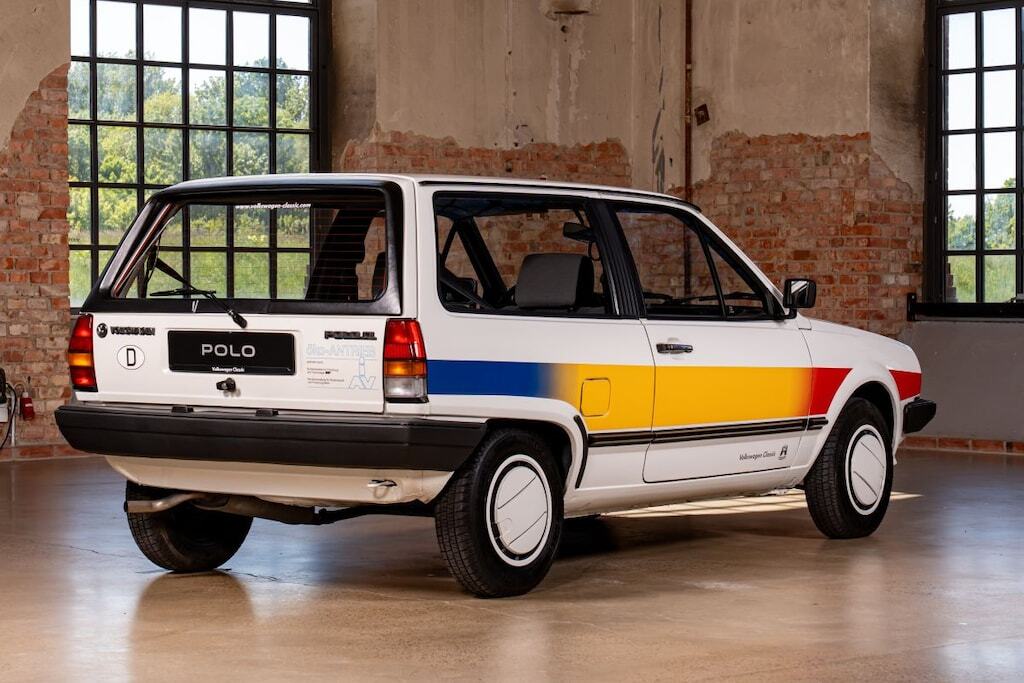
Öko-Polo (1987)
As far as appearance is concerned, there are no differences with the regular Polo of the second generation. Underneath, however, particularly economical technology is hidden in the öko-Polo. The two-cylinder diesel engine has a modest displacement of 858 cc, and the vibrations are kept in check by a balance shaft. Moreover, it is thickly packed with insulation material. The engine delivers a modest output of 27 hp under normal circumstances.
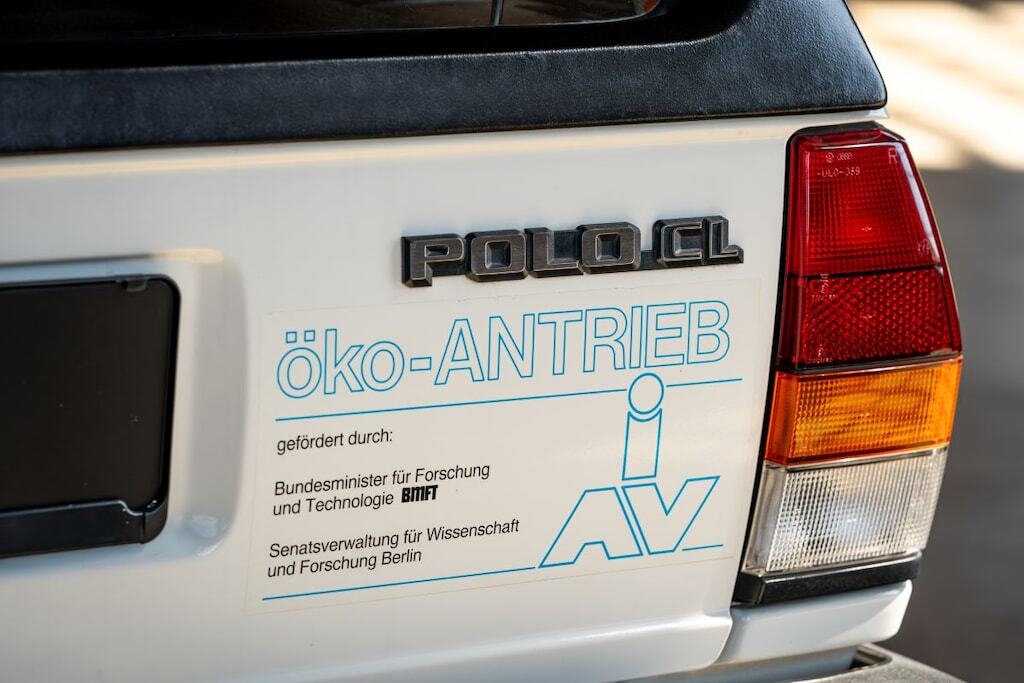
If the driver depresses the accelerator pedal further, a mechanical compressor (G-Lader) is activated, which increases the power to 40 hp – sufficient for this light car. A so-called Schwungnutzautomatik switches off the engine as soon as the driver releases the accelerator. The car then sails without the braking effect of the engine. The result: in everyday practice, the Polo needs only 3 to 3.5 liters of fuel per 100 km. During a 1,500-kilometer fuel-saving drive from Wolfsburg to the South of France, the Polo developers achieved an average consumption of only 1.7 l/100 km in 1987. A total of 50 cars were built, which were used in the fleet of charitable institutions and the Berlin traffic service in the early 1990s.
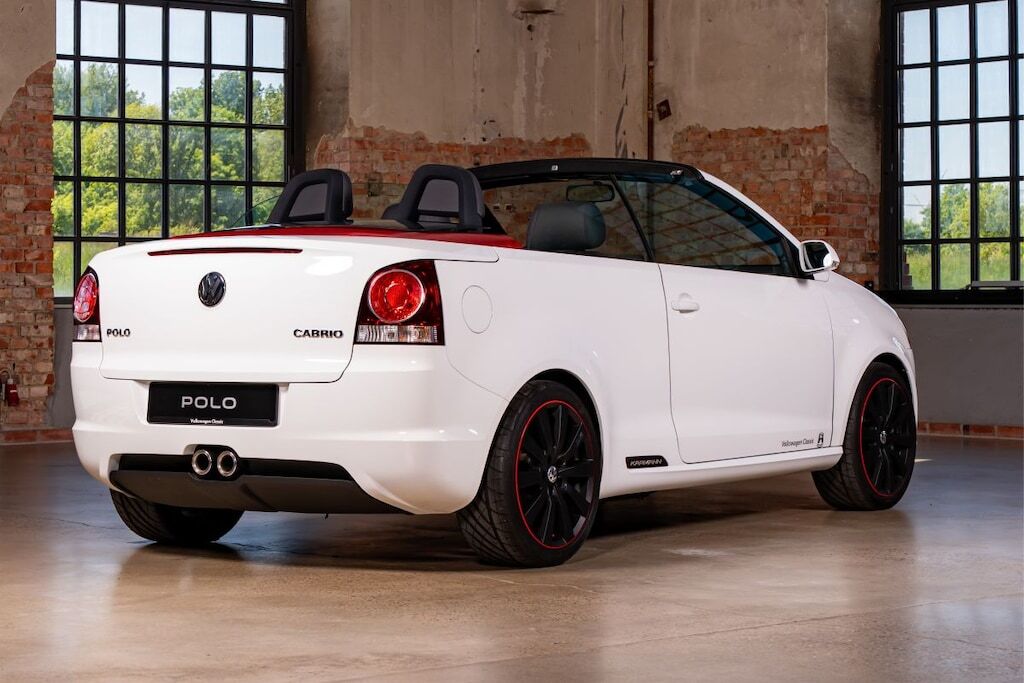
Polo GTI Cabriolet (2007)
In 2007, the – now defunct – coachbuilder Karmann brought a striking design study to the IAA in Frankfurt based on the fifth Polo. In the hunt for a new production contract from Volkswagen, Karmann showed an open-cut version of the then-current Polo GTI at the German auto show. Volkswagen – and Karmann – had experience with the Golf Cabrio, but Karmann seemed to believe that a convertible version of the Polo could also be viable. Karmann showed off its technical knowledge and skills by equipping the open Polo with a fabric folding roof that also had a glass sunroof. The car never went into production.
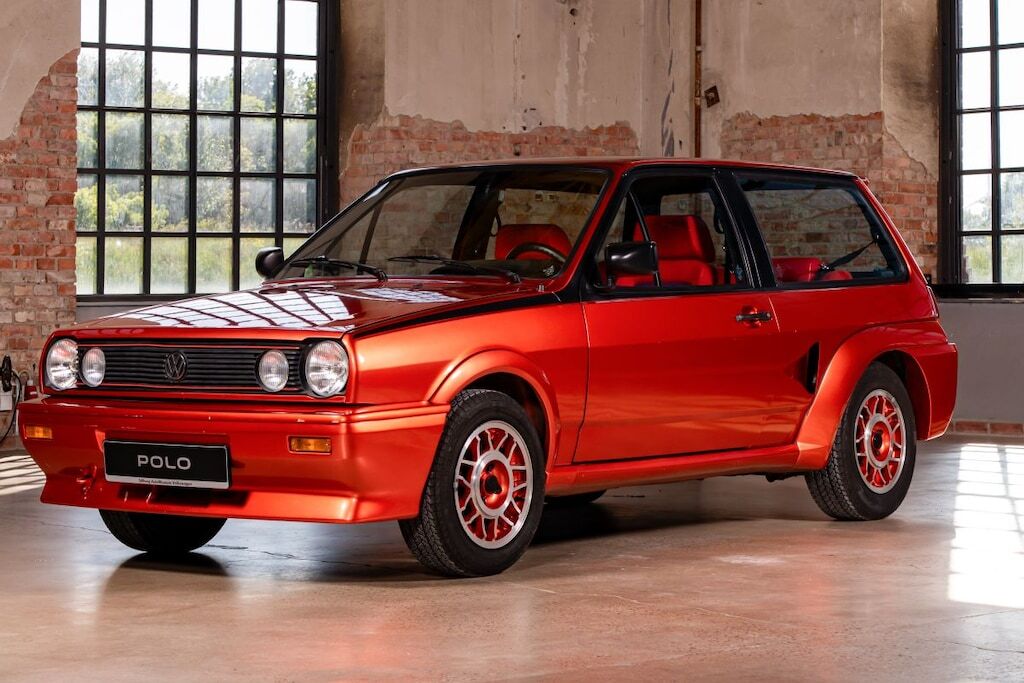
Polo Sprint (1983)
Just because you can: when you put a Porsche 911 and a Volkswagen Polo hatchback in the blender, you get this Polo Sprint. At the rear is a four-cylinder boxer engine with 156 hp, in the nose the fuel tank and the spare wheel.
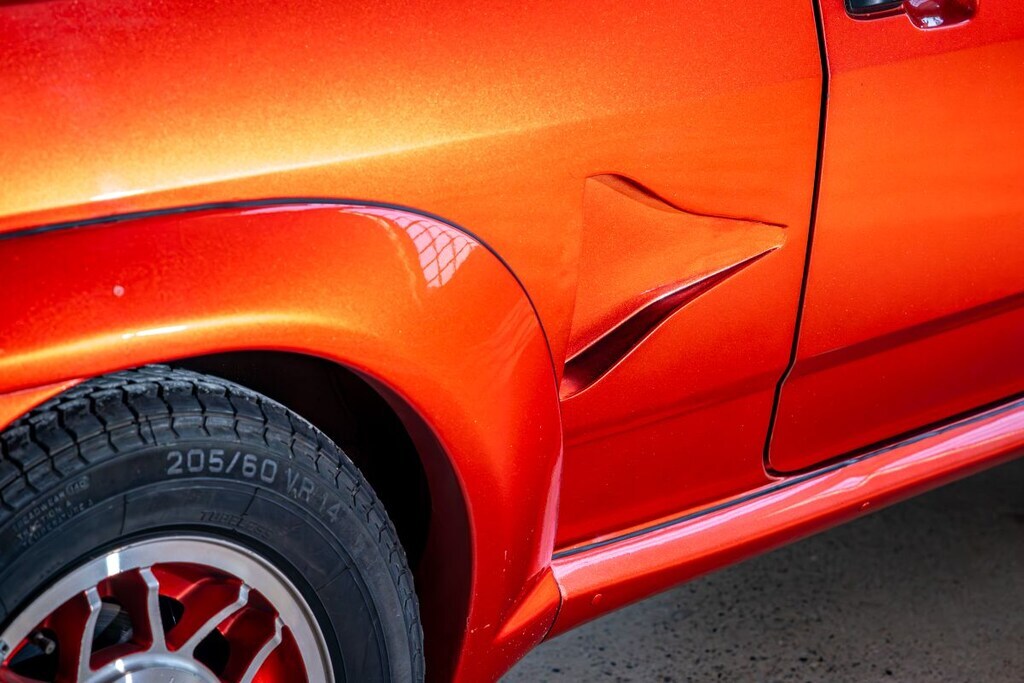
The car was conceived as a test vehicle to investigate the driving characteristics of certain high-powered powertrains, which therefore demand a lot from the chassis. Reportedly, the test drivers at the time were very enthusiastic about the handling characteristics of this Polo Sprint, and the car played an important role in the development of traction control.
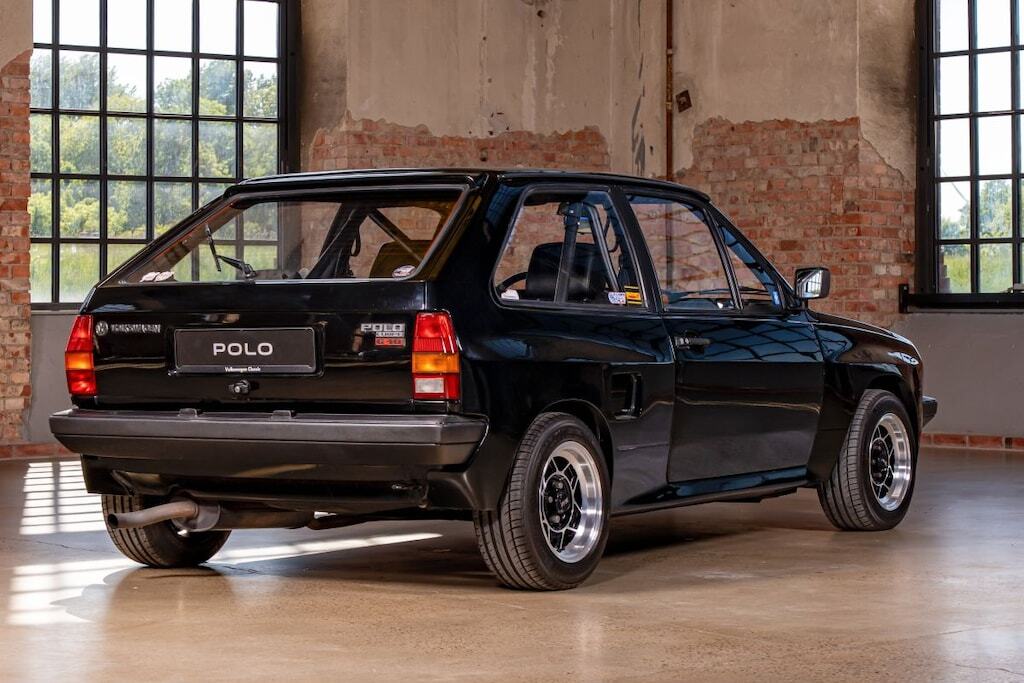
Polo Coupé GT Widebody (1986)
In the 80s – especially in Germany – car tuning was extremely popular. The wider, the better. Heavily inspired by the Ferrari Testarossa probably, which was also low and wide and had striking air vents. Breitbau-tuning was a thing and even the car brands sometimes participated. Volkswagen Motorsport developed a kit for the second generation Polo, so that it looked a bit like the Rallye-Golf. The conversion cost 8500 DM and you see it here on a pre-series model of the Polo Coupé GT G40. How many were actually delivered is not known, but we are sure that we have never seen one before.
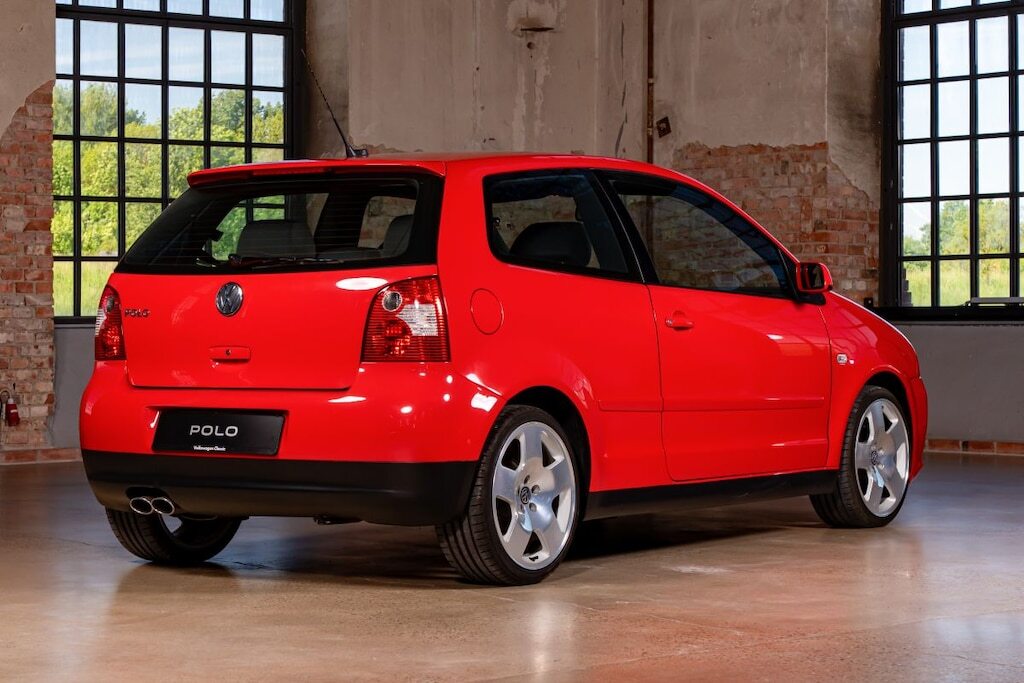
Polo GTI concept-car (2001)
The habit of fast Polos had faded a bit around the turn of the century. There was a GTI of the third generation Polo, but it was only built in a small edition and was sold out soon after its introduction in 1998. The fourth Polo with double round headlights never had a sporty model, until the facelift in 2006. But the Volkswagen you see here is a study from 2001. Still with the double headlights, but then again a bit different than on the ‘normal’ Polo. There was a black border around it. And together with the honeycomb grille, the GTI had a completely different front. Under the hood the 150-hp 1.8, which would also be in the production version years later.